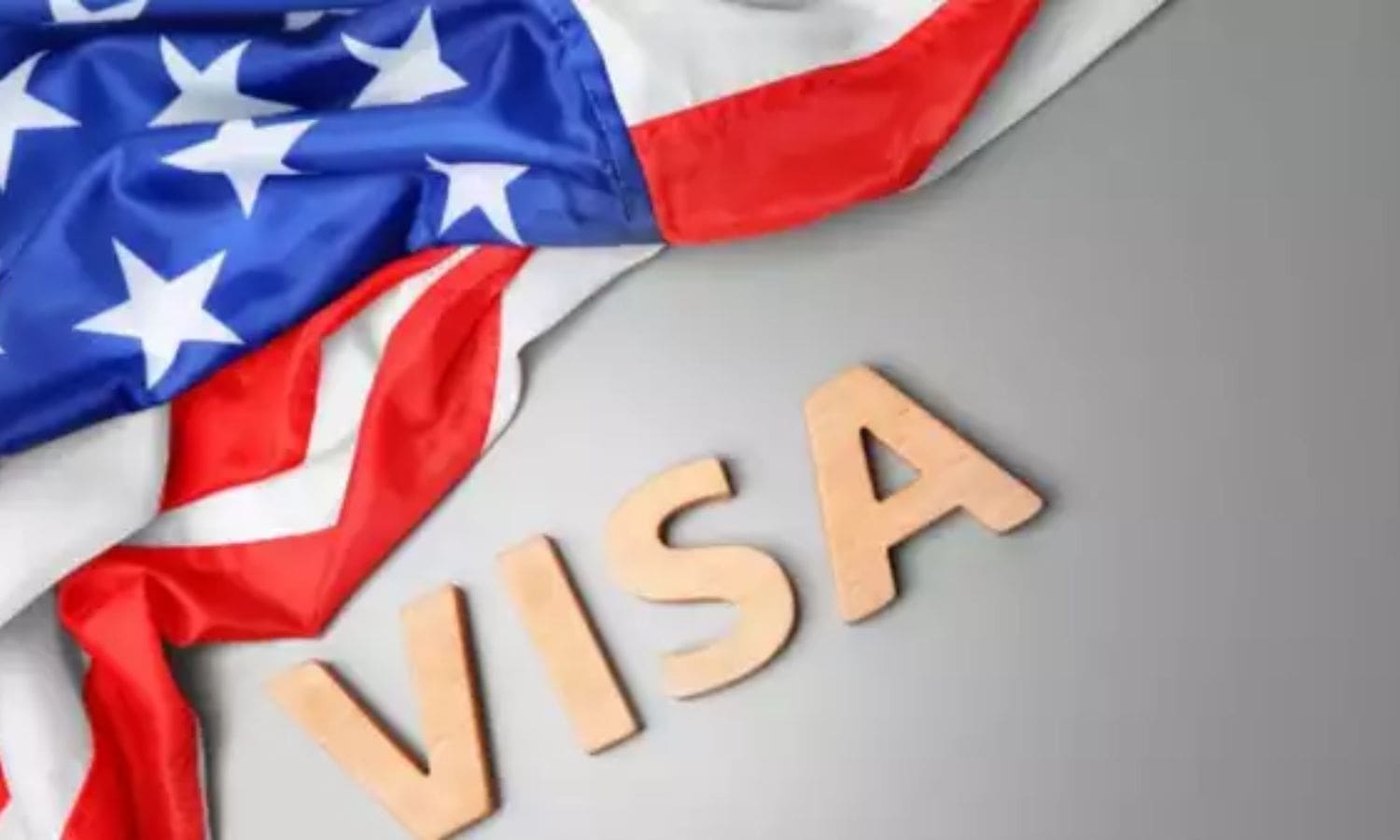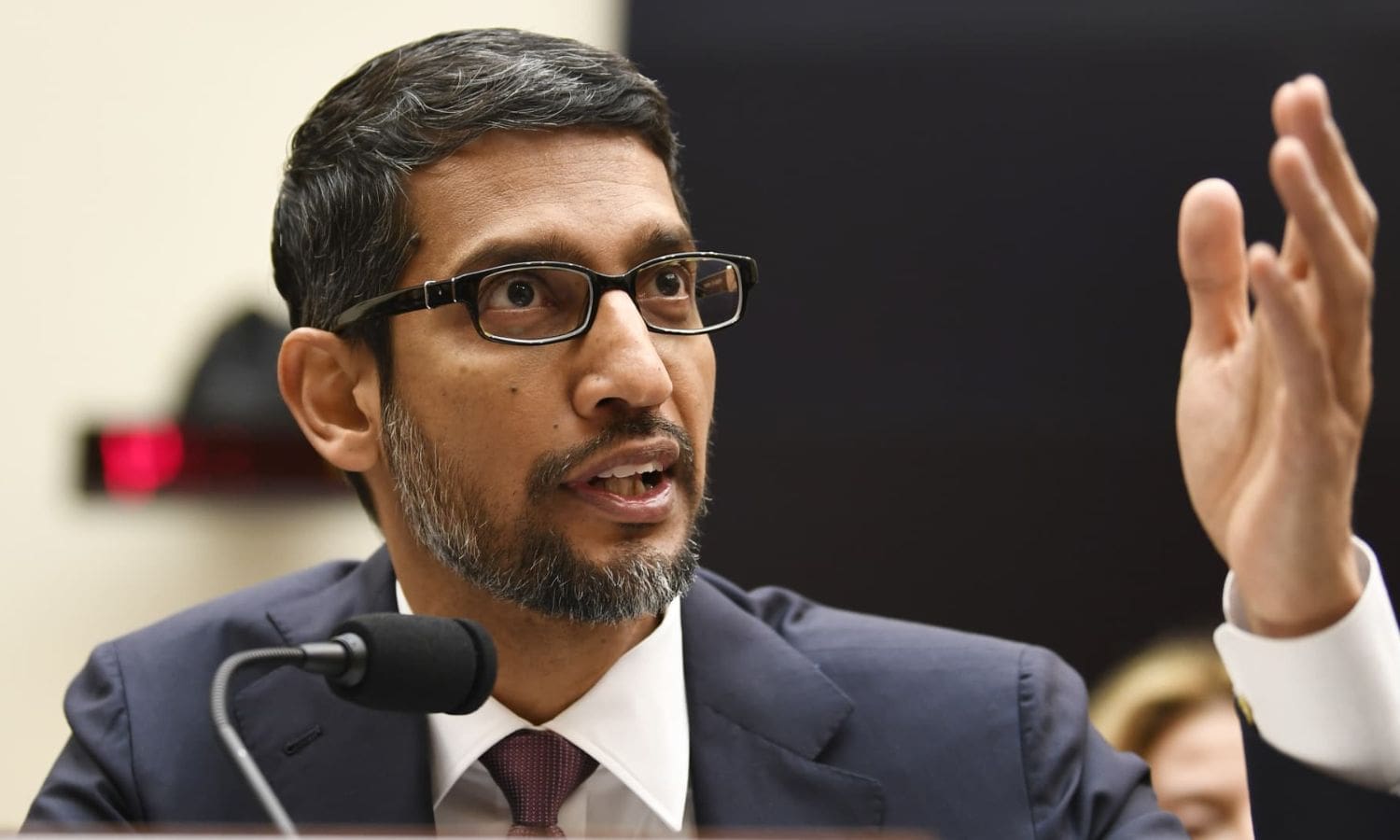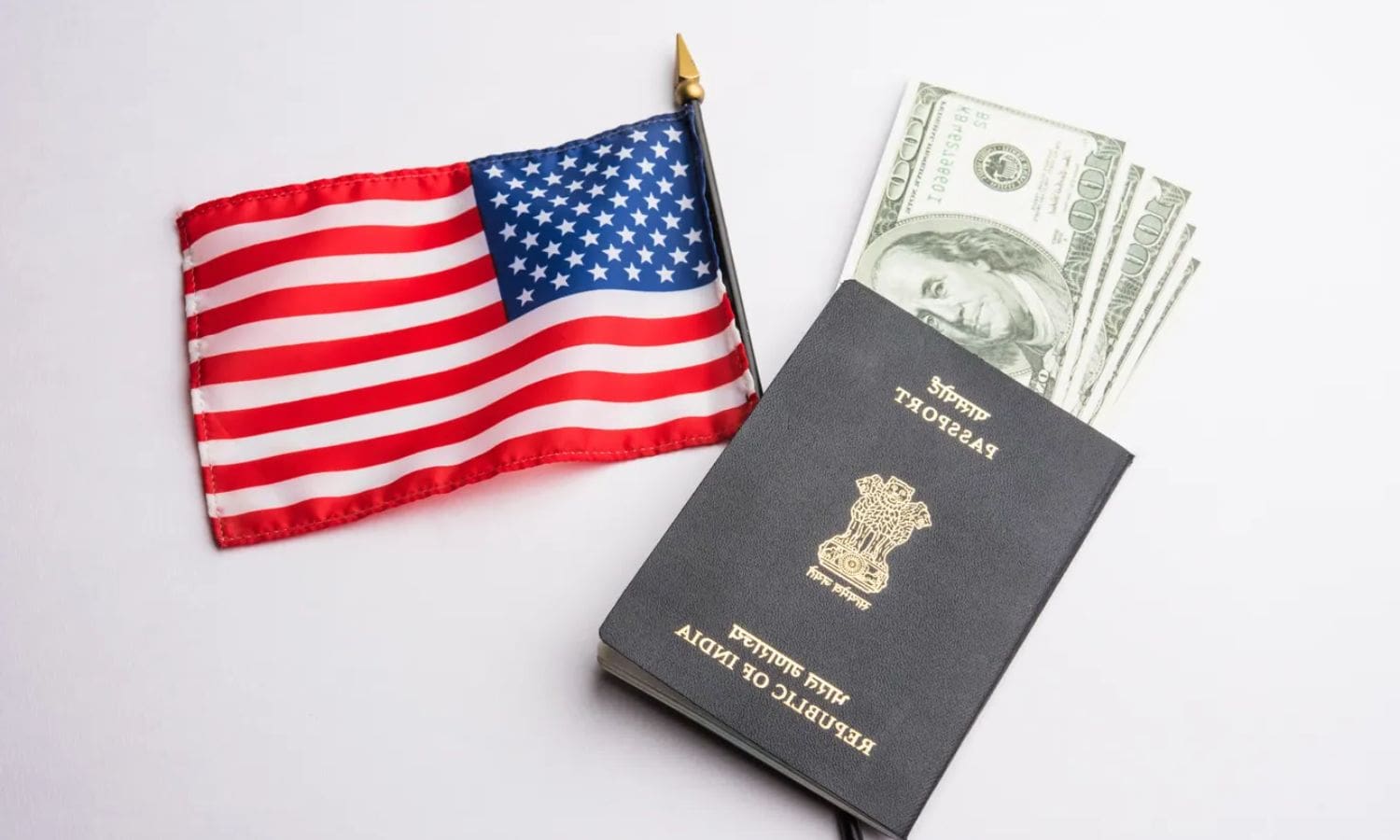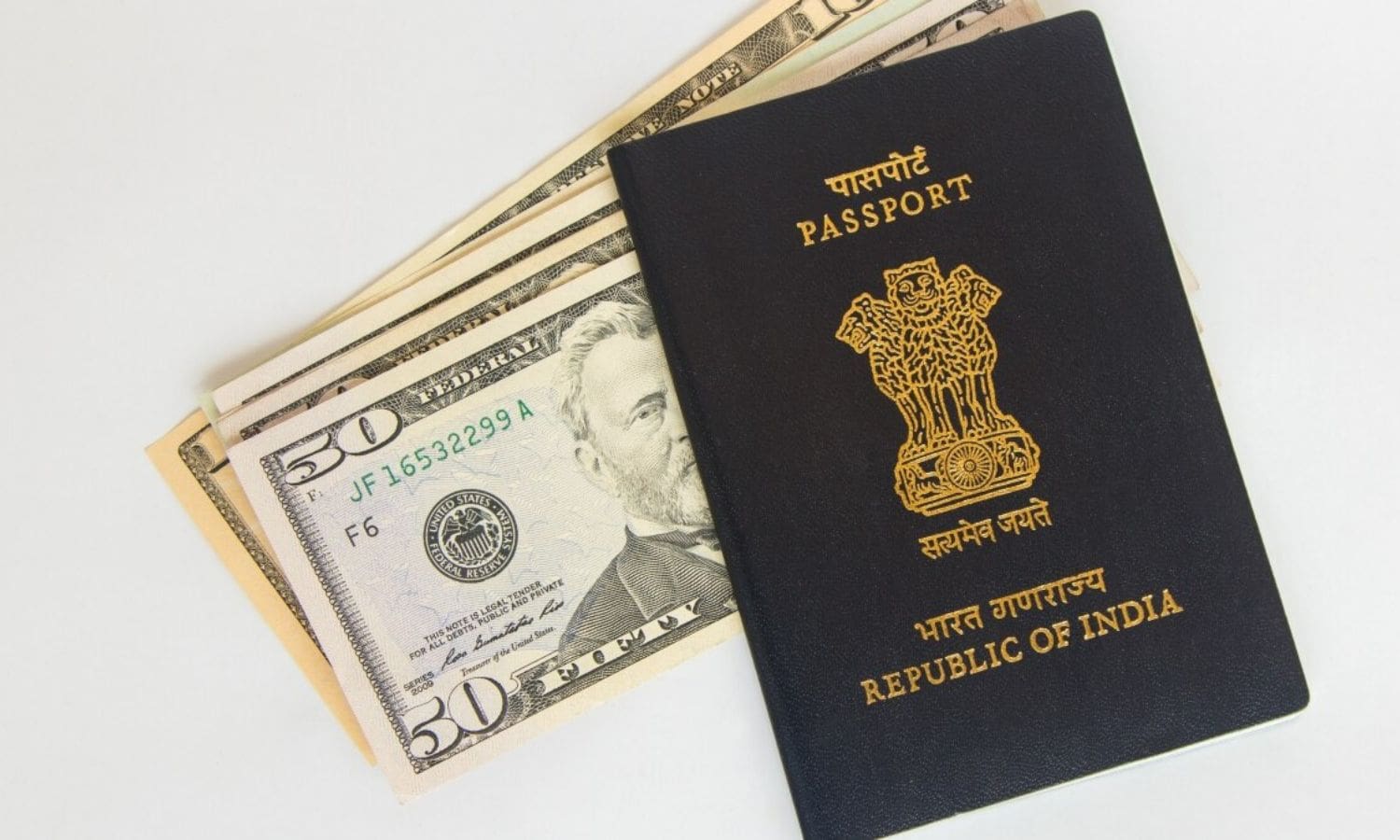The Case for H1B Visa Reforms: The H-1B visa program has long been debated as a critical component of the US economy, particularly within the tech industry. As demands for highly skilled workers continue to grow, so do concerns about the program’s effectiveness and potential for abuse.
The current challenges faced by the H-1B visa program, proposes reforms and suggestions, and analyzes the economic impact of these changes.
We aim to provide an objective and informative analysis for those seeking mastery in the field of tech and economy.
Key Takeaways Of The Case for H1B Visa Reforms
- The H-1B visa program faces challenges such as high demand and limited availability, leading to a competitive selection process and potential fraudulent applications.
- Proposed reforms include raising the annual cap, prioritizing higher-wage employers, increasing quotas for individuals with American graduate degrees, and improving the selection process.
- The demand for STEM graduates is increasing due to technological advancements and the need for professionals who can implement and manage digital solutions.
- Concerns about Big Tech dominance in the tech industry highlight the need for H-1B visa reforms that promote fairness, competition, and diversity.


Also Read: Assemblymember Jim Wood Throws Support Behind Rusty Hicks in State Assembly Race
Current Challenges in H-1B Visa Program:
The current challenges in the H-1B visa program encompass a range of issues affecting the selection process and the limited annual cap.
One major challenge is the high demand for H-1B visas compared to the limited number available. The annual cap of 85,000 visas, which includes 20,000 for individuals with advanced degrees, is quickly exhausted each year, leaving many qualified applicants unable to secure a visa.
This creates a highly competitive selection process, where employers must submit applications on behalf of their prospective employees, and the visas are allocated through a lottery system.
Another challenge is the prevalence of fraudulent applications, where employers abuse the program to bring in low-wage workers instead of hiring highly skilled professionals.
These challenges highlight the need for reforms in the H-1B visa program to address the selection process and ensure that the visas are granted to the most deserving applicants.


Proposed Reforms and Suggestions:
To address the challenges highlighted in the previous subtopic, reforms and suggestions have been proposed for the H-1B visa program. These proposals aim to improve the selection process and ensure that the program benefits the American economy and workforce.
Some of the suggested reforms include:
- Raise the annual cap: Many advocates argue for increasing the number of H-1B visas available each year to meet the growing demand for highly skilled workers in the tech industry.
- Prioritize higher-wage employers: By giving preference to employers offering higher wages, the program can attract top talent and prevent undercutting American workers.
- Increase the cap for individuals with American graduate degrees: Advocates propose increasing the quota for individuals who have obtained advanced degrees from American universities, as they contribute significantly to innovation and research.
These proposed reforms aim to strike a balance between meeting the needs of the tech industry and protecting the interests of American workers.
Demand for STEM Graduates:
How does the current tech landscape reflect the high demand for STEM graduates, particularly in computer-related specialties? The current tech landscape is characterized by rapid advancements in technology and a growing reliance on digital solutions. This, in turn, has created a significant demand for STEM graduates, especially those with expertise in computer-related specialties. The table below presents some key factors that highlight the demand for STEM graduates in the current tech industry:
| Factors | Explanation | Impact |
|---|---|---|
| Technological Advancements | Rapid technological advancements require skilled professionals to innovate and develop new solutions. | Increased demand for STEM graduates who possess the necessary skills to drive innovation and adapt to evolving technologies. |
| Digital Transformation | The shift towards digitalization across industries necessitates professionals who can implement and manage digital solutions. | High demand for STEM graduates with expertise in areas such as software development, data analysis, and cybersecurity. |
| Job Growth | The tech industry continues to experience significant job growth, creating numerous opportunities for STEM graduates. | Increased job prospects and competitive salaries for STEM graduates in computer-related specialties. |
The high demand for STEM graduates in computer-related specialties is a testament to their critical role in the current tech landscape. As technology continues to evolve and shape various industries, the need for skilled professionals with STEM expertise will only continue to grow.
Concerns about Big Tech Dominance:
Amidst the debate on H-1B visa reforms, concerns arise regarding the dominance of Big Tech companies in the tech industry. This dominance is evident in the concentration of H-1B visa sponsorship among companies like Meta, which was formerly known as Facebook.
The concerns about Big Tech dominance can be summarized as follows:
- Limited competition: The dominance of Big Tech companies can lead to limited competition in the tech industry. This can stifle innovation and hinder the growth of smaller companies and startups.
- Workforce diversity: Big Tech companies have been criticized for their lack of diversity in their workforce. The concentration of H-1B visa sponsorship among these companies further exacerbates this issue by potentially limiting opportunities for individuals from underrepresented backgrounds.
- Economic impact: The dominance of Big Tech companies can have far-reaching economic implications. It can lead to wealth and power being concentrated in a few hands, potentially widening the income gap and reducing economic opportunities for others.
These concerns highlight the need for H-1B visa reforms that promote fairness, competition, and diversity in the tech industry.
Legislative Advocacy and Economic Impact:
The impact of proposed H-1B visa reforms on legislative advocacy and the economy can be assessed by examining their potential effects on competition, diversity, and economic opportunities in the tech industry.
Advocates argue that prioritizing visas based on higher wages would incentivize employers to hire American workers and reduce the reliance on foreign labor. This could lead to increased competition among domestic workers, potentially driving up wages and improving job prospects for American tech professionals.
However, critics argue that such reforms may hinder innovation and economic growth by limiting access to highly skilled foreign workers who bring diverse perspectives and expertise. They also argue that the tech industry relies heavily on foreign talent to remain competitive globally and that restricting access to H-1B visas could impede economic opportunities and hinder the overall growth of the American economy.
Finding the right balance between protecting American workers and fostering innovation and economic growth is a complex challenge that requires careful consideration of the potential legislative and economic impacts.


Conclusion Of The Case for H1B Visa Reforms
The H-1B visa program is currently facing challenges that require reforms and suggestions to address them.
The demand for STEM graduates is high, but concerns about big tech dominance and the need for legislative advocacy are also evident.
It is crucial to find a balance that promotes economic growth while ensuring fairness and opportunities for domestic workers.
The successful implementation of H-1B visa reforms can contribute to a more sustainable tech and economic landscape.
Our Reader’s Queries
What are the new H-1B rules for 2023?
To tackle overrepresentation in H-1B visa registrations, the U.S. government has implemented strict measures. Starting in 2023, employers are now required to submit passport information for each registrant and can only register each employee once. These new rules aim to ensure fairness and prevent abuse of the H-1B visa system.
What is the new H-1B reform?
The DHS is looking to update and streamline the regulations surrounding H-1B specialty occupation workers. This move aims to enhance the program’s efficiency, introduce new benefits and flexibilities, and bolster integrity measures.
What is the new rule for H-1B visa?
The latest proposal suggests that every distinct individual with a registration submitted on their behalf will be included in the selection process only once, irrespective of the number of registrations submitted for them.
What are the new H-1B rules for 2024?
Starting January 2024, the U.S. Department of State will launch a pilot program for visa renewal within the country. This program will cater to 20,000 H-1B visa applications and will only be available to foreign nationals who received their H-1B visa from a U.S. consulate in India between Feb. 1, 2021, and Sept. The program is a great opportunity for eligible individuals to renew their visas without having to leave the country.

